Bookshelves are like showcases, even when their purpose is solely functional. They are often the largest visual ‘art’ in a room, so styling them with some thought can make a big impact. There are absolutely no rules about what should go onto your shelves– display anything important, meaningful, or useful. Don’t overlook items that might spark conversation or evoke a memory or feeling. I challenge you to search around your house, do a little shopping if you need to, and then gather it all up into a pile on the floor. Give the shelves a good cleaning and then start working your way through these tips. Don’t forget to take some before and after pictures because you are about to amaze yourself!
The main goal here is Visual Harmony. If you can eliminate visual clutter and do nothing else you will be very happy and I’m telling you, it’s going to feel good. I’m going to help you take it to the next level, though, so let’s get started.
1. Groupings
Similar objects look better together and have more visual weight. You can group by type or color. Create little clusters of collections. If you have a lot of one type of thing, create several smaller groups. A color grouping can look really cool, too – if you have several red items, see if layering them together would work. Put them in a glass bowl or on a tray, maybe. Much more visual impact this way, rather than scattering them all over the bookcase like lost little polka-dots.
2. Bigger focal points
Have some bigger shapes (baskets, larger framed prints, a small mirror, stacks of same-colored books, larger object like a rock or ceramic piece. These items will give pauses in the visual chaos of a busy bookcase. Don’t overlook lighting – a great lamp can be the perfect addition to a bookcase, as well as soft art-lighting over framed art or photographs.
3. Color
If you can, it can be stunning to have a cohesive color scheme. I know this can be a challenge with a bookcase full of books or any assortment of other items that you need access to, but it is definitely possible. Choose something and try to gather as much as you can in those colors – try a neutral palette, shades of one color, or just pops of a single color. If your shelves are filled with chaotic book spines with no break, go for a white bookcase with lots of open space – the white will become your neutral frame around the chaos.
4. Textures
Balance out small, busy textures like stacks of magazines or a glass bowl of rocks with larger scale textures like a smooth linen box or a print framed with a large white mat. Think of balance and scale here – some big with some small.
5. Visual planes
Eliminate visual noise of lots of small objects by putting them in a basket or turning them sideways. Imagine shapes – a horizontal rectangle with an oval on top with some vertical rectangles beside (box with ceramic bowl on top, books stacked beside).
6. Variety & white space
Break up the visual weight of wall-to-wall books by opening things up a bit - stacking sections on their sides, adding smaller objects on the stacks or on empty spaces , consider grouping the books by color – rather than a wall of ‘static’ you will see larger blocks of color which is much less busy.
7. Balance
Think about the visual weight of the items on the shelves, the color and the shape (horizontal / vertical, round, square). Take a good look from across the room. Blur your eyes. Look at the bookcase from left to right and top to bottom. Are things balanced and spread out? Staggering similar items in a triangle or zig-zag is a good starting point for balance.
8. Layer
Stack and overlap some items. This gives some depth and texture to the display.
9. Breathing room
Don’t cram things in too tightly if you can help it. Giving some space around things gives them importance. Setting your great-grandpa’s watch on a tray gives it some subconscious reverence. Putting the key to your first house in a frame with a large white mat shows its importance.
10. Background noise
The color of the shelving itself or adding a color or pattern to the backer board can completely change the feel of the room and affect the tone of the display. If you are buying new shelving or are considering painting or enhancing your existing shelves, think of what you want to display and how you want the room to feel. Dark wood can be solid and sophisticated and great for displaying a light-colored collection. White will brighten up the entire space and make the shelves seem lighter and more open, a patterned or interesting colored backing can be the focus on a book-only shelf. Wallpaper or fabric can be added to a backing as well – this would be better for shelves holding less busy items (like books, framed prints with large mats or pottery) since the background pattern would be the focus and smaller objects would probably be lost visually. Keep in mind the shapes you are creating if you go for an interesting backing – be careful to have too much showing on some shelves and none on others, mind the openings and keep them balanced all over the shelf.
This is the basis of the process I use to help my interior design clients and I can’t wait to see what you do with it! To help you out I’ve created a free printable checklist for these 10 steps to styling your bookcase!















